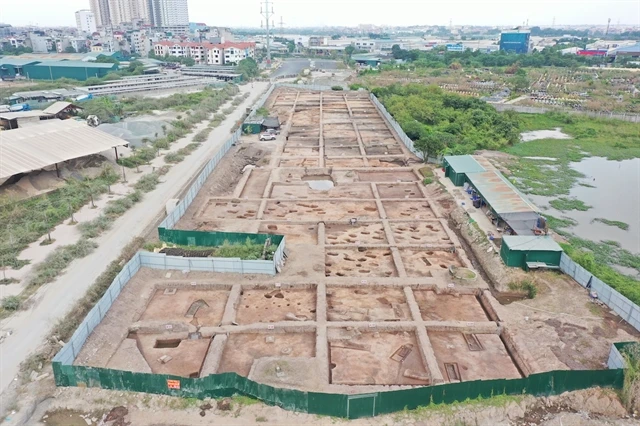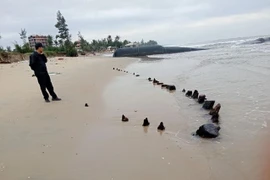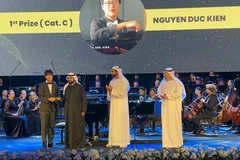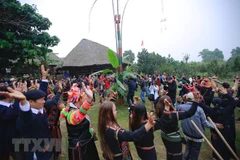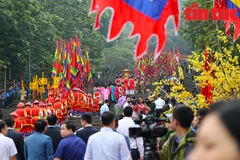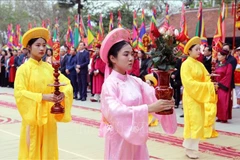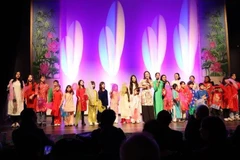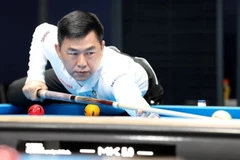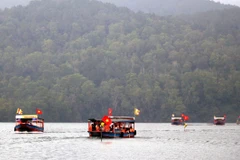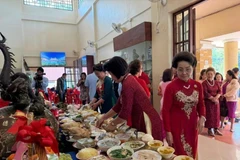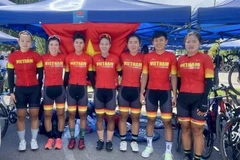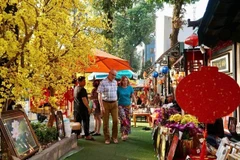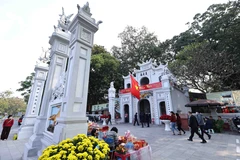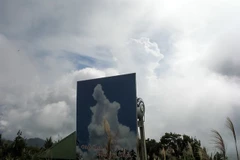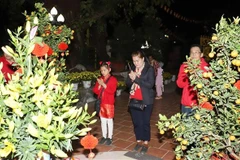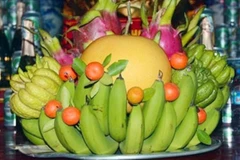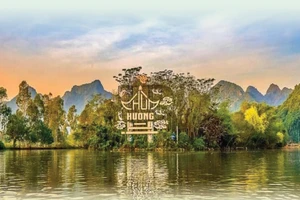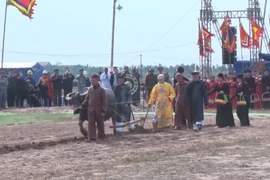Hanoi (VNS/VNA) - Archaeologists from the Vietnam Institute of Archaeology, the Hanoi Museum and the Hanoi University of Social Sciences and Humanities have announced the discovery of over 70 graves from the pre-Dong Son period and 40 graves from Dong Son period at the Vuon Chuoi archaeological relic in Kim Chung commune, Hoai Duc district.
The pre-Dong Son period dates back approximately 4,000 years, while the Dong Son period is around 2,500 years old.
The excavation began this March, covering an area of over 6,000sq.m with 60 research pits, each measuring 100sq.m.
Some of the remains were found adorned with numerous bracelets on both arms, alongside the practice of extracting front teeth and burying ceramic and bronze items with the remains.
"Among these findings, an important characteristic is that the pre-Dong Son graves show a practice of extracting front teeth in adults, which is not observed in the Dong Son cultural period," said Associate Professor-Doctor Nguyen Lan Cuong, Secretary General of the Vietnam Archaeological Association.
"For the first time, Vietnam has an archaeological relic with such a large number of graves that have been well-preserved," he added.
These new findings will assist scientists in further exploring aspects such as anthropology, genetics, pathology, mobility and dietary practices of ancient Vietnamese people during the Chalcolithic period and the Bronze Age in northern Vietnam.
This excavation also uncovered many traces of hearths, ceramics and weapons, alongside other remains made of stone, bronze, ceramics, wood and iron from different periods, ranging from the late Phung Nguyen to the late Dong Son.
Another significant discovery from the recent excavation at Vuon Chuoi is traces of post holes as the remains of architectural structures related to the housing of the Dong Son people.
The discovery opens up new opportunities for understanding the architecture and the spatial arrangement of living spaces within the village of ancient Vietnamese during the Dong Son period.
"We have currently reconstructed the architecture of two long house structures, similar to those of certain ethnic groups in the Central Highlands region," said Associate Professor-Doctor Lam Thi My Dung from the Hanoi University of Social Sciences and Humanities.
Dr Nguyen Ngoc Quy from the Institute of Archaeology said that the findings from the excavation provide evidence confirming that Vuon Chuoi was a village established and continuously developed by humans from the Chalcolithic period to the Bronze Age, dating back 2,000 to 4,000 years.
“The excavation and research results have provided substantial material evidence of early human presence in the area that is now Hanoi," he said.
"Furthermore, they demonstrate the origins and history of the Vietnamese people from prehistoric times, from the era of Hung Kings.”
The archaeologists have asked for permission from the Hanoi People's Committee and the Department of Culture and Sports to continue excavating the remaining parts of the site.
In particular, they hope to expedite the recognition of the Vuon Chuoi archaeological relic as a city-level heritage site, along with plans for its preservation, conservation, and enhancement its value.
Vuon Chuoi was first discovered in 1969 by the Vietnam Institute of Archaeology and has to date undergone eleven excavations.
Metal Age archaeological relics from the Phung Nguyen, Dong Dau, and Go Mun periods to the Dong Son period in northern Vietnam are extremely rare, with only two remaining sites, including Vuon Chuoi and Dong Dau in neighbouring Vinh Phuc province./.

